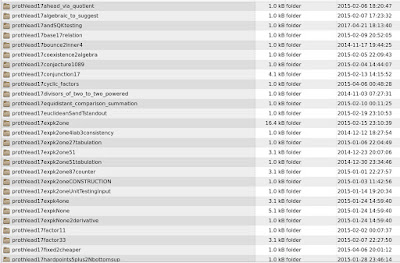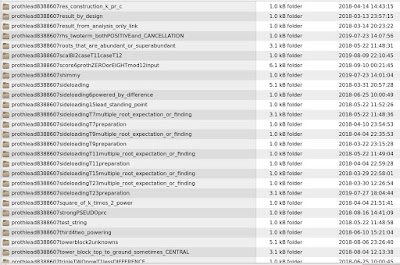A new [financial] year and a new book
First 6 chapter titles listed below:
- Chapter 1: Metaverse - Sharing a power - asymmetric setup t=228 (silver)
- Chapter 2: Metaverse - Object exchange using (small) data bandwidth t=329
- Chapter 3: Metaverse - test key examples are 'fluted'
- Chapter 4: Metaverse - Recap and source of asymmetric strength
- Chapter 5: Metaverse - Bare bones draft spec for inter metaverse object exchange
- Chapter 6: GP example and links
...
Next the downloadable pdf
( free copy just include a couple of termite images to distinguish from a paid copy )







